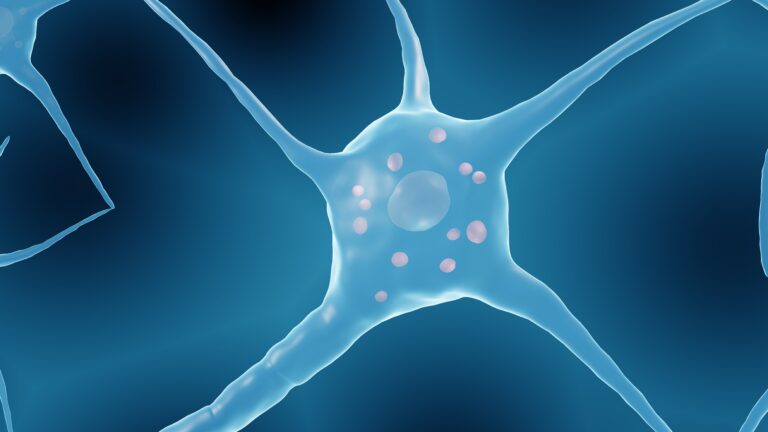Interstitial cerebral edema, also known as vasogenic cerebral edema, is a type of brain swelling that occurs in the spaces between cells in the brain. This buildup of fluid can put pressure on the brain and cause serious complications if left untreated. In this article, we will take a closer look at interstitial cerebral edema – what it is, what causes it, and how it can be treated.
What is Interstitial Cerebral Edema?
Our brains are protected by a layer of fluid called cerebrospinal fluid, which acts as a cushion against any impact or damage. However, in cases of interstitial cerebral edema, this fluid leaks out of the blood vessels and accumulates in the interstitial spaces around the brain cells. This results in swelling and increased pressure on the brain.
This condition is usually associated with other underlying medical conditions such as brain tumors, head injuries, or infections. It can also be caused by high altitude sickness, in which the decreased oxygen levels in the blood can trigger the leakage of fluid into the brain.
Symptoms of Interstitial Cerebral Edema
The symptoms of interstitial cerebral edema may vary depending on the severity of the condition. Some common signs and symptoms include severe headaches, confusion, dizziness, seizures, and loss of consciousness. In severe cases, it can lead to coma or even death.
Apart from these symptoms, there may also be signs of increased intracranial pressure such as changes in vision, difficulty breathing, and alterations in heart rate and blood pressure.
Diagnosing Interstitial Cerebral Edema
A thorough physical examination along with a detailed medical history can help in identifying interstitial cerebral edema. In some cases, imaging tests such as magnetic resonance imaging (MRI) or computed tomography (CT) scan may be required to confirm the diagnosis and identify the underlying cause of the edema.
Treatment Options
The treatment for interstitial cerebral edema will depend on the underlying cause. In some cases, addressing the underlying condition may help in reducing the swelling and pressure on the brain. This may involve surgery to remove a brain tumor or medication to treat an infection.
In cases where the edema is caused by high altitude sickness, immediate descent to lower altitudes can help alleviate symptoms. In severe cases, medications such as diuretics may be prescribed to reduce the fluid buildup in the brain.
In addition to treating the underlying cause, other supportive measures may also be taken, such as administering oxygen therapy, managing blood pressure, and closely monitoring the patient’s vital signs.
Complications of Interstitial Cerebral Edema
If left untreated, interstitial cerebral edema can lead to serious complications such as brain damage, permanent disability, or even death. This is why prompt diagnosis and treatment are crucial in managing this condition.
Preventing Interstitial Cerebral Edema
As interstitial cerebral edema is often a result of an underlying medical condition, preventing it may involve managing and treating these conditions appropriately. For example, wearing appropriate protective gear while participating in high-risk activities can help prevent head injuries, which are a common cause of this condition.
Moreover, avoiding sudden changes in altitude and acclimatizing properly when traveling to high altitudes can also help prevent high altitude sickness and its associated complications.
In conclusion, interstitial cerebral edema is a serious condition that requires urgent medical attention. It is important to be aware of the symptoms and seek medical help immediately if any signs of increased intracranial pressure are observed. With timely and proper treatment, the outcomes of this condition can be significantly improved.





